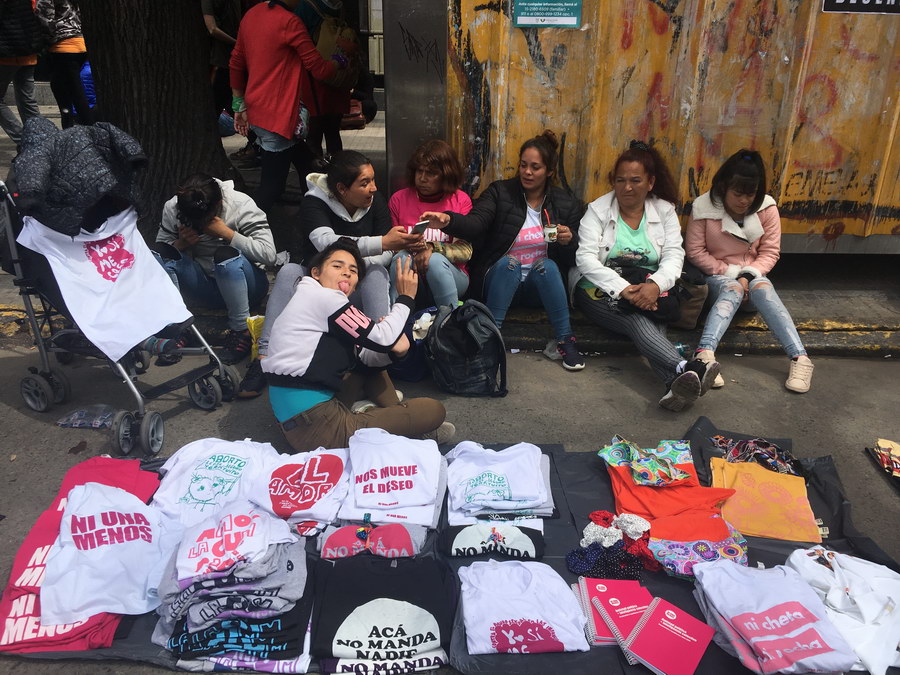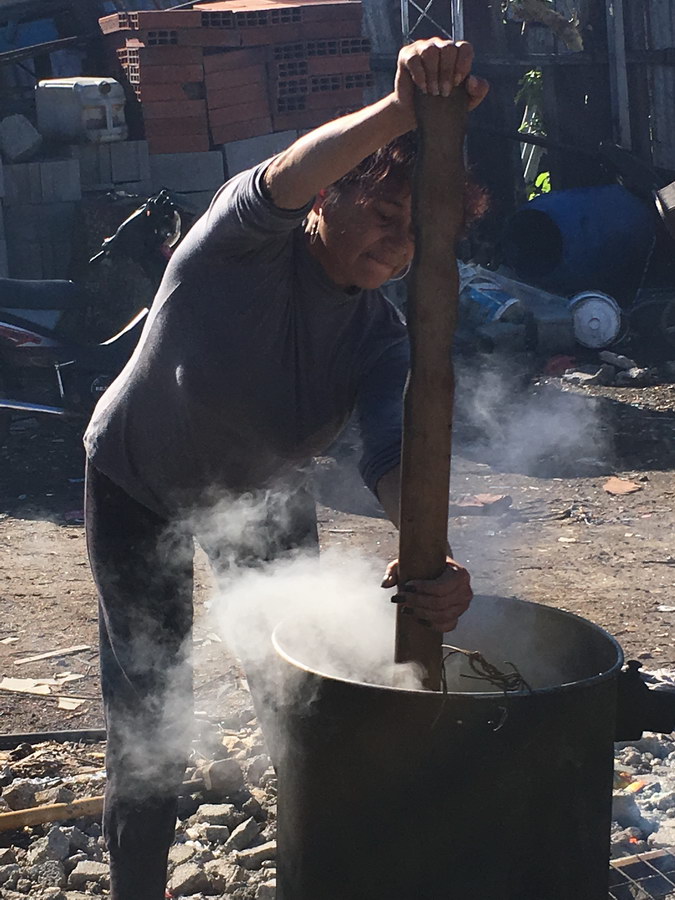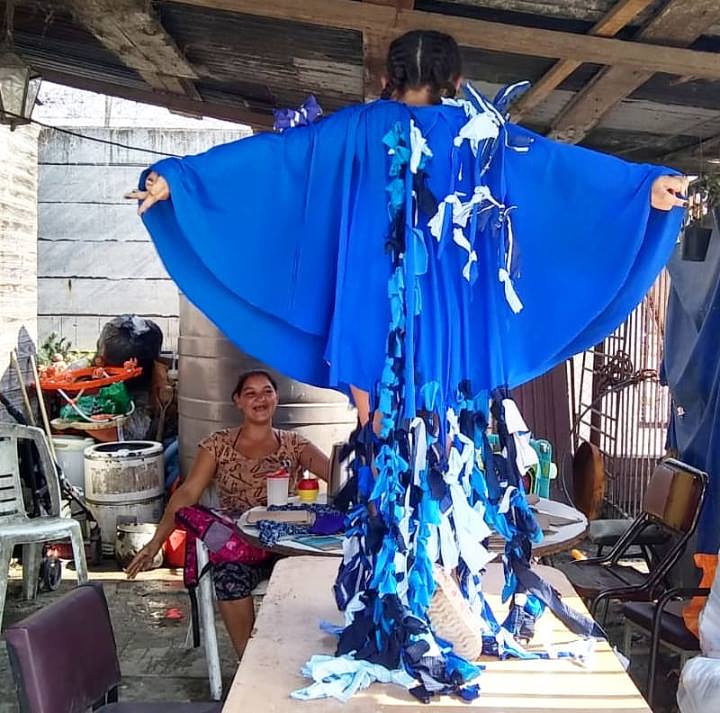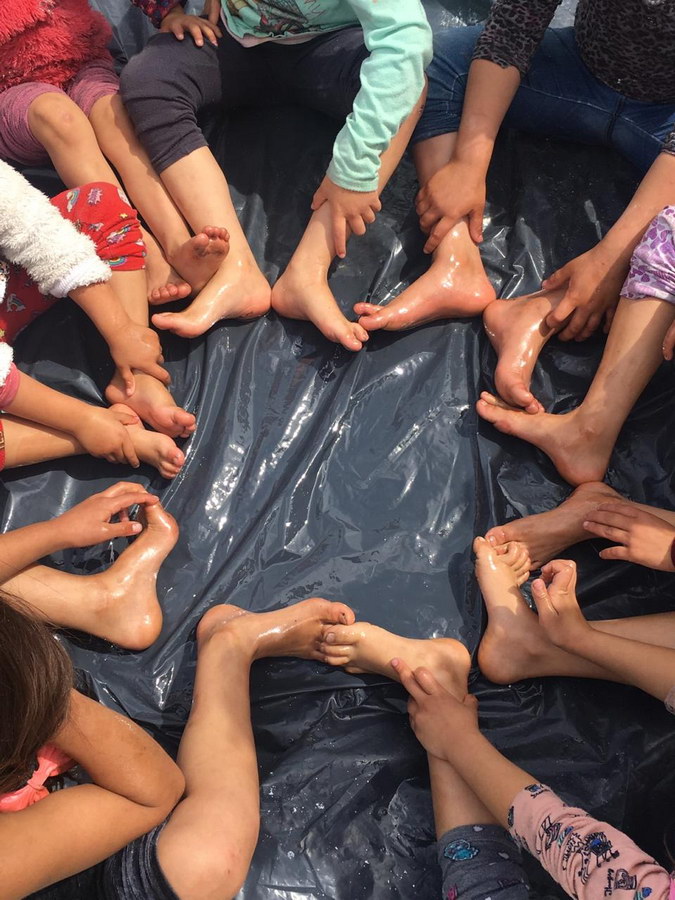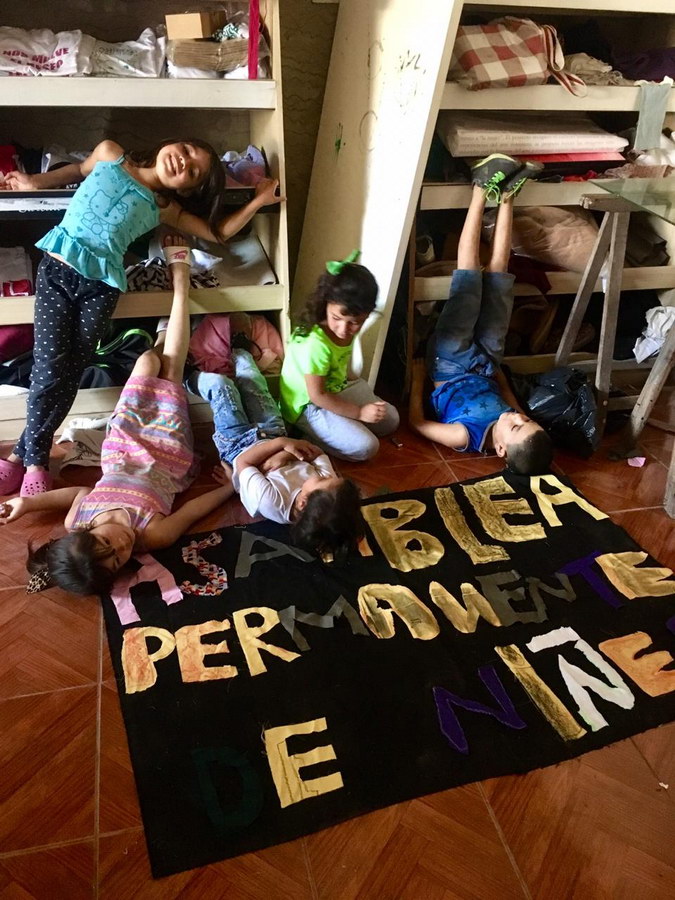WHAT ARE WE DOING?
By Belleza y felicidad Fiorito
In 2003 Fernanda Laguna met Isolina Silva, a woman running a soup kitchen in her community, the marginalized neighborhood of La Lonja in Villa Fiorito. Located in the outskirts of Buenos Aires, between a contaminated stream of water and an industrial area, Villa Fiorito is a group of densely populated communities where thousands of people from Argentina and neighbouring countries live in the midst of extreme poverty, noise, detritus and pollution. Upon meeting Isolina, Fernanda began to collaborate with the soup kitchen, fundraising for it. Soon after she decided to open a branch of her art gallery, Belleza y Felicidad (Beauty and Happiness) in a room in Isolina’s home. This is how Belleza y Felicidad Fiorito got started, initially as a series of art classes for the local children and teenagers and an exhibition space, where well-established artists showed along members of the community. Over its 17 years of existence Belleza y Felicidad Fiorito developed into a true resource for the neighbors to acquire tools for survival, working as a collective in collaboration with artists.
ByF Fiorito’s activities develop around three axis: work, activism and culture. The first one consists in a silk-screening shop where T-shirts are printed and then sold. Regarding activism, Laguna fostered the creation of a local chapter of Ni Una Menos, the massive feminist movement which arose some years ago in Argentina in response to an epidemic in gender violence. In the context of this community-based feminist organization the local women educate themselves and reflect upon actions to take to protect themselves and their friends from gender-based violence and abuse. On Saturdays they organize Comedor Gourmet, a new kind of soup kitchen that emphasizes healthy and tasty food, as they learn to improve their diets. The axis of art and culture includes workshops for children, and many special cultural projects such as music recordings based on the children’s poetry or a festival of independent video made by residents of marginalized neighborhoods.



